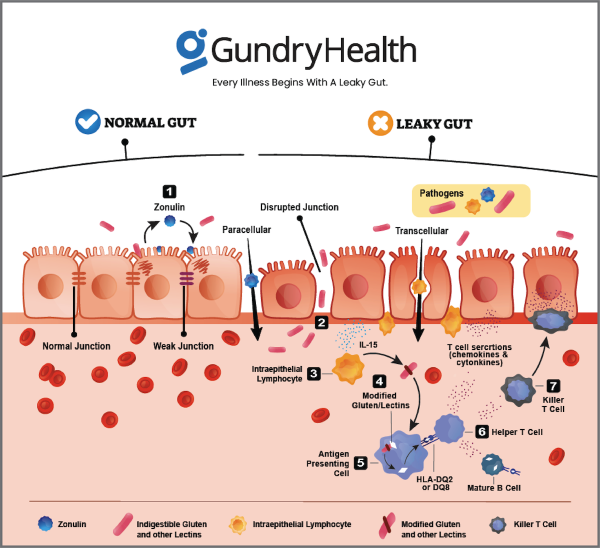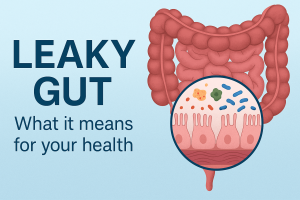Surprising Treatment for Behcet’s disease
What is Behcet’s disease?
Behcet’s disease is a rare, chronic autoimmune disorder that causes inflammation throughout the body. It is characterized by ulcers in the mouth and on the genitals and inflammation in the eyes and other organs.
Behcet’s disease can affect people of any age, but it is most common in people between the ages of 20 and 40. It is more common in men than women and tends to be more severe in men.
Symptoms of Behcet’s disease
The symptoms of Behcet’s disease can vary widely and may be mild or severe. Some common symptoms of Behcet’s disease include:
- Mouth ulcers: These are small, painful sores that can appear on the gums, tongue, or inside the cheeks. They may be accompanied by fever, swelling, and fatigue.
- Genital ulcers are painful sores that can appear on the genitals. They may be accompanied by pain during urination or sexual activity.
- Eye inflammation: This can cause redness, pain, and vision changes. In severe cases, it can lead to blindness.
- Skin rashes or lesions: These can appear anywhere on the body and may be accompanied by itching or burning.
- Joint pain: This can range from mild to severe and may involve one or multiple joints.
- Brain inflammation: This can cause headaches, fever, and seizures.
Diagnosis of Behcet’s disease
Behcet’s disease can be difficult to diagnose, as its symptoms can be similar to other conditions. To diagnose Behcet’s disease, a healthcare provider will typically conduct a physical exam and review the patient’s medical history. They may also order a variety of tests, including:
- Blood tests: These tests can help detect the presence of specific proteins or antibodies that are associated with Behcet’s disease.
- Eye exams: These exams can help determine the presence and severity of eye inflammation.
- Skin exams: These exams can help determine the presence and severity of skin rashes or lesions.
Treatment of Behcet’s disease
Treatment for Behcet’s disease is focused on reducing inflammation and preventing complications.
Eating a diet that includes plenty of these types of foods can help to support the growth of healthy gut bacteria and promote a healthy gut environment.
Follow a balanced and varied diet that includes a wide range of nutrients and fiber-rich foods, as this can help to support overall health. Please work with a healthcare provider to determine the most appropriate diet and treatment plan for ankylosing spondylitis, as every individual’s needs are unique.
- No packaged and processed foods — these foods, which now make up most Americans’ diets, are loaded with sugar, artificial ingredients, and other inflammatory ingredients. The more you eat them, the more you increase your risk of autoimmune disease and worsen your problem.
- Eat more whole foods — natural whole foods (particularly high-fiber vegetables like onions, asparagus, and artichoke) provide your gut with healthy starches and fiber that will keep you full and improve the health of your microbiome (the beneficial bacteria living in your gut).
- Get your sweetness naturally — sugar is one of the worst foods you can consume. It’s a key driver of inflammation and obesity in nearly all packaged and processed foods. But if you have a sweet tooth, Dr. Gundry recommends eating low-fructose fruits in season (and in moderation). His favorite fruits include wild berries, kiwifruit (with the skin on), pomegranate, passion fruit, and grapefruit.
- Cut out the lectins — these pesky plant proteins can lead to a leaky gut. Common lectin-containing foods include vegetables from the nightshade family (including tomatoes, potatoes, and eggplant), nuts and seeds like cashews and peanuts, and beans and legumes. (You can find a complete list of lectin-containing foods HERE.) Dr. Gundry’s lectin hack: you can completely neutralize the lectins in most foods by pressure-cooking them.
- Don’t forget fiber — perhaps the best food you can eat for a healthier gut is a type of fiber called a prebiotic. Eating more prebiotic fiber is the easiest (and fastest) way to a healthier, happier gut. And one of the best prebiotics is inulin, which you can find abundantly in foods like chicory, asparagus, onions, leeks, and artichokes. Dr. Gundry’s “refrigerator trick” to get more prebiotic fiber from starchy foods like yams, sorghum, millet, and pressure-cooked rice: cook them, chill them, reheat before eating.
Working closely with a healthcare provider to develop a treatment plan appropriate for the individual’s needs is essential. In some cases, treatment may involve a combination of medications and lifestyle changes include quitting smoking, maintaining a healthy weight, and engaging in regular physical activity.
Outlook for Behcet’s disease
Behcet’s disease is a chronic condition that requires ongoing management to prevent complications. With proper treatment and lifestyle changes, most people with Behcet’s disease can lead normal lives and have a good prognosis. However, it is crucial to follow the treatment plan recommended by a healthcare provider and be vigilant about any potential symptoms or complications.
Behcet’s disease can cause serious health problems, such as eye inflammation, brain inflammation, and genital ulcers. These complications can be life-threatening, and it is vital to seek medical attention immediately if any of these symptoms occur.
It is also important to note that Behcet’s disease can be a complex condition to manage, as the symptoms and treatment can vary widely from one person to another. Some people may experience frequent flare-ups, while others may have long periods of remission.
Treatment for Behcet’s disease is focused on reducing inflammation and preventing complications and may include corticosteroids, immunosuppressive medications, biologics, and antibiotics. Most people with Behcet’s disease are able to lead everyday lives with proper treatment and management.







